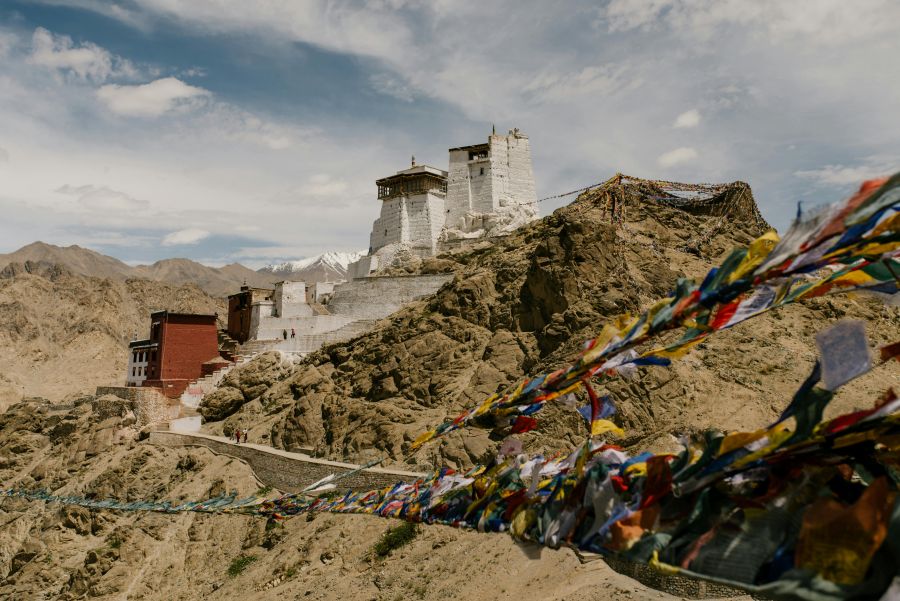Tibet has witnessed an enduring struggle for freedom and human dignity, with the self-immolation of 27 Tibetans standing as an anguished yet powerful cry for justice. Each of these self-immolations, often carried out by monks, nuns, and laypeople, has not just been a protest against oppression, but a desperate plea for the preservation of Tibet’s culture, religion, and identity. In the face of Chinese government policies that continue to suppress Tibet’s autonomy, these brave souls chose to make the ultimate sacrifice, leaving behind a trail of heart-wrenching final messages—their last wills.
In these final words, what emerges is not only a profound sense of grief and hopelessness but also a resilient commitment to Tibet’s future, a deep love for their people, and a fervent wish for the world to recognize their suffering.
The Courage Behind the Flames
Self-immolation is not an act of violence, but a profoundly peaceful form of protest. The 27 Tibetans who chose this path did so as a last resort, in the face of unimaginable repression by the Chinese government. Their protests were meant to draw international attention to Tibet’s dire situation, marked by the crackdown on religious freedoms, cultural assimilation, and the destruction of Tibetan identity.
These self-immolations have not only become symbols of resistance but have also sparked a global debate on the intersection of human rights, state control, and cultural preservation. Tibetans believe they are fighting for their right to exist—to speak their language, practice their religion, and maintain their traditions in the face of overwhelming Chinese influence.
But what truly resonates from these acts is the sense of despair and hope interwoven in the final messages they left behind. These wills, written in the moments before their self-immolation, reflect their unwavering dedication to the Tibetan cause, even as they faced certain death.
The Content of Their Last Words
Each last will shared common themes of pride in Tibet’s culture, devotion to Tibetan Buddhism, and unrelenting hope for a free Tibet. Many of the self-immolators were monks or nuns from Tibetan monasteries. Their final messages often included pleas for their people to continue the struggle, even in their absence.
Calls for Tibetan Unity
Many of the self-immolators called for unity among Tibetans, urging them to remain strong in their commitment to a free and independent Tibet. Their words emphasized that no matter the cost, the fight for freedom and human dignity must never be abandoned. They recognized the pain of oppression but saw the struggle as sacred and something worth sacrificing for.
A Plea for the World’s Attention
Another recurring theme in their last words was a direct appeal to the world, asking for international solidarity and for Tibet’s plight to not be ignored. They hoped that their act would draw attention from global leaders, urging them to press China on its human rights violations and to provide support for Tibet’s call for autonomy. The self-immolators wished for their deaths to serve as a reminder of Tibet’s tragic fate under Chinese rule and as a call for global intervention.
Devotion to Tibetan Buddhism
For many of the self-immolators, their final act was deeply rooted in their religious beliefs. Tibetan Buddhism played a central role in their lives, and they often viewed their act of self-immolation as a sacrifice for the benefit of others—a form of protest aligned with Buddhist principles of compassion and non-violence. Their wills included expressions of love and devotion to the Dalai Lama, who remains a symbol of hope and spiritual leadership for Tibetans worldwide.
Messages to Their Families
In their last wills, many self-immolators addressed their families with love and forgiveness, urging them to stay strong and to continue fighting for Tibet. The families of the self-immolators were often left to bear the emotional burden of their sacrifice, yet the wills conveyed that this sacrifice was made with deep love and purpose. For many, the ultimate act of self-immolation was not about individual suffering but about securing a future for Tibet and its people.
A Global Call to Action
The tragic acts of self-immolation have brought attention to the ongoing crisis in Tibet. The Chinese government’s actions, such as the imposition of restrictions on religious practices, military crackdowns on protests, and cultural assimilation policies, continue to provoke deep anger among Tibetans. However, the voices of those who self-immolated have not been silenced.
International awareness of these acts has led to increased advocacy for Tibet, with human rights organizations, activists, and politicians calling for China to respect Tibet’s rights and engage in dialogue with the Tibetan people. Yet, the global community’s response has been mixed, with some governments hesitant to confront China on Tibet due to economic and diplomatic interests.
Despite these challenges, the final wills of the 27 Tibetans who self-immolated serve as a reminder of the power of peaceful protest, and a call for a more just and compassionate world. They have left behind a legacy of courage and resilience—a testament to the enduring fight for Tibet’s future.
Conclusion: Remembering the Sacrifice
The self-immolations of 27 Tibetans are not simply tragic acts of desperation—they are a sacrifice for justice, a demand for recognition, and a plea for a world that values human dignity. The final wills of these Tibetans continue to resonate, offering hope for a future free from oppression and a deep commitment to Tibet’s independence.
As the world reflects on the sacrifices made by these brave individuals, it is a reminder that the struggle for Tibet’s freedom is far from over. Their voices—both heard and unheard—continue to call for the world to listen, understand, and take action. The fight for Tibet’s rights must continue, and the legacy of those who gave everything for freedom will not be forgotten.

